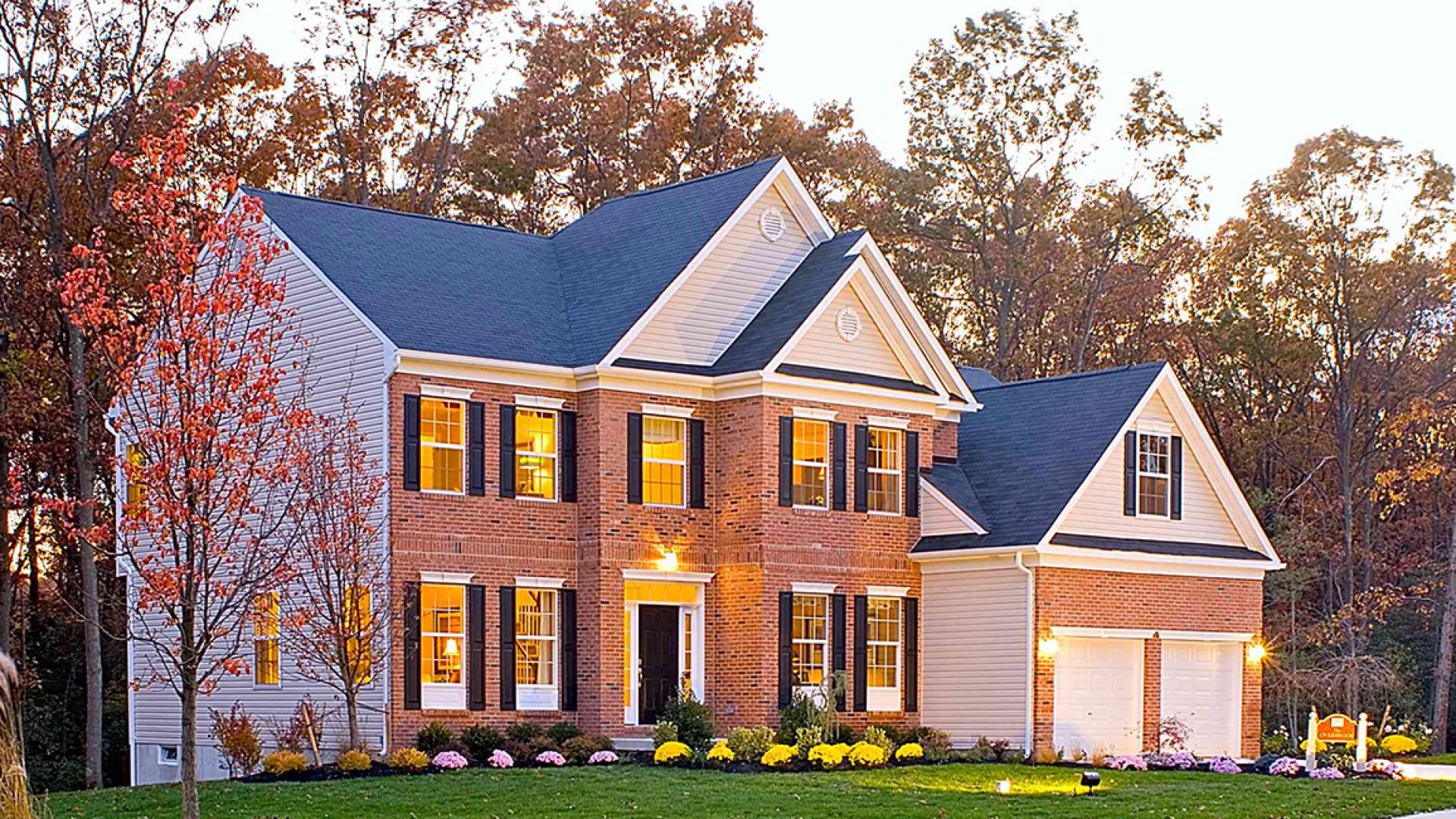A new article by Crissinda Ponder from Bankrate.com highlights some trends to look for in housing over the next few months.
Autumn is typically known as the time of year when housing activity starts to slow down.
“Generally, home sales tend to be very robust in spring and summer, then begin to soften somewhat during the autumn and winter months,” says Lawrence Yun, chief economist and senior vice president of research for the National Association of Realtors, or NAR.
The slowdown begins in the fall because school is starting, and families with kids would rather not move during this time, he adds.
Mortgage rates likely won’t change pace, however. They’ve been volatile in recent months, but the trend for mortgage rates is still upward, says Logan Mohtashami, senior loan officer for AMC Lending Group in Irvine, California.
“Unless we get more (weak) data from Europe and China, the 10-year (Treasury) note and mortgage rates have room to climb up higher than these levels,” he says.
Nela Richardson, chief economist at real estate brokerage firm Redfin, agrees. She says the 30-year fixed rate has been under 4% on average for the past several weeks but may end up under 4.5% by year’s end.
“I think that as the economy improves, rates will increase a bit and also whatever the (Federal Reserve) does this year in terms of raising short-term rates might have an effect on mortgage rates, as well,” she says.
Lending standards will loosen but will do so at a “glacial pace,” Yun says.
“Those people who are getting approved (for) mortgages, their credit scores have been exceptionally high, but now (they) may begin to slide down,” he says.
Richardson agrees; she doesn’t expect credit standards to significantly loosen until 2016.
“Even (for) FHA loans, if you have something lower than a 680 credit score, you still don’t see a lot of mortgages being originated to the lower end of the credit spectrum.”
Mortgage credit availability has increased, meaning that lending standards have somewhat loosened for most of 2015, according to the Mortgage Bankers Association’s Mortgage Credit Availability Index.
As a symptom of inventory shortages, home prices are predicted to continue moving higher.
“I hope the home price growth moderates because some of the price growth has been quite sharp – near double-digit rates of appreciation,” Yun says. He predicts annualized price growth of 3% to 5% toward the end of this year and into 2016.




